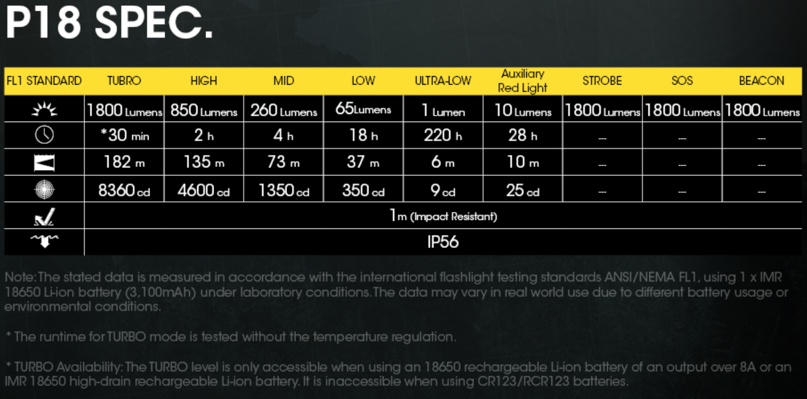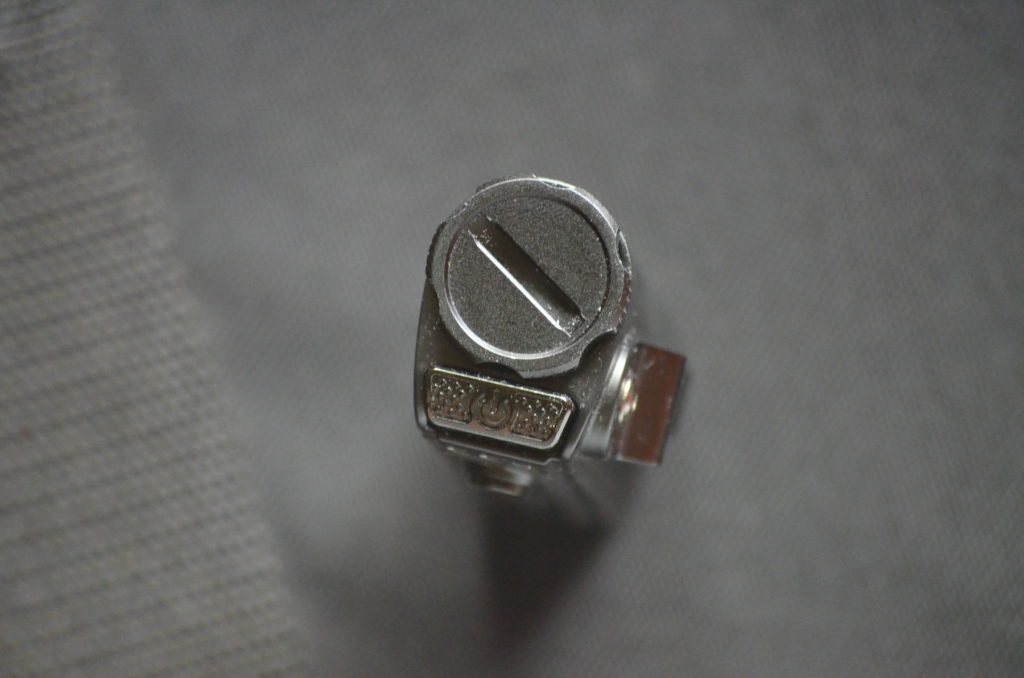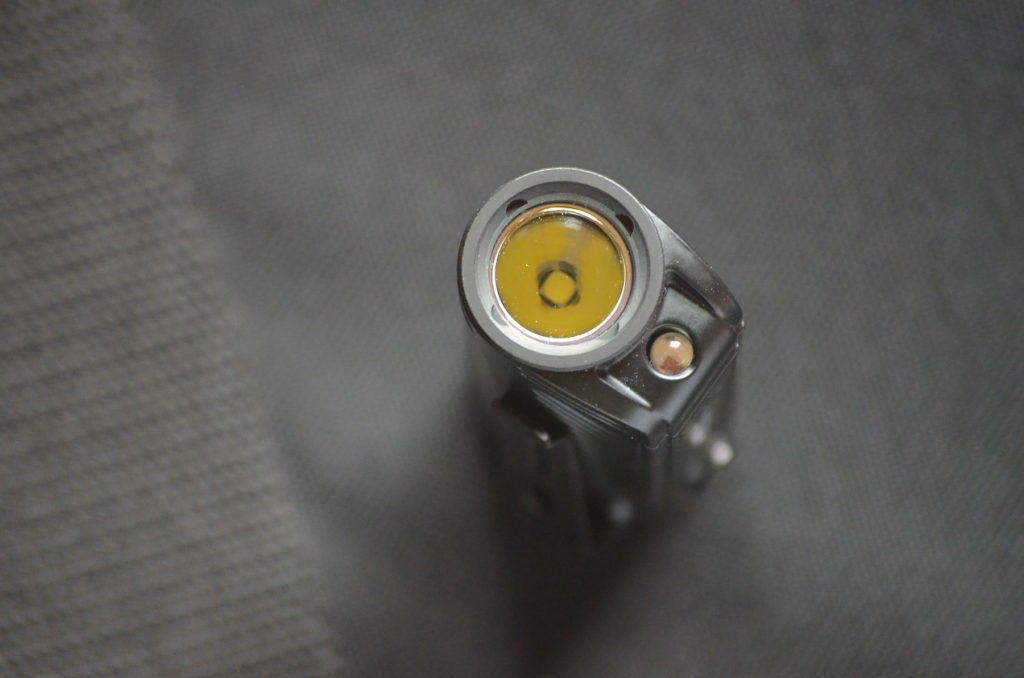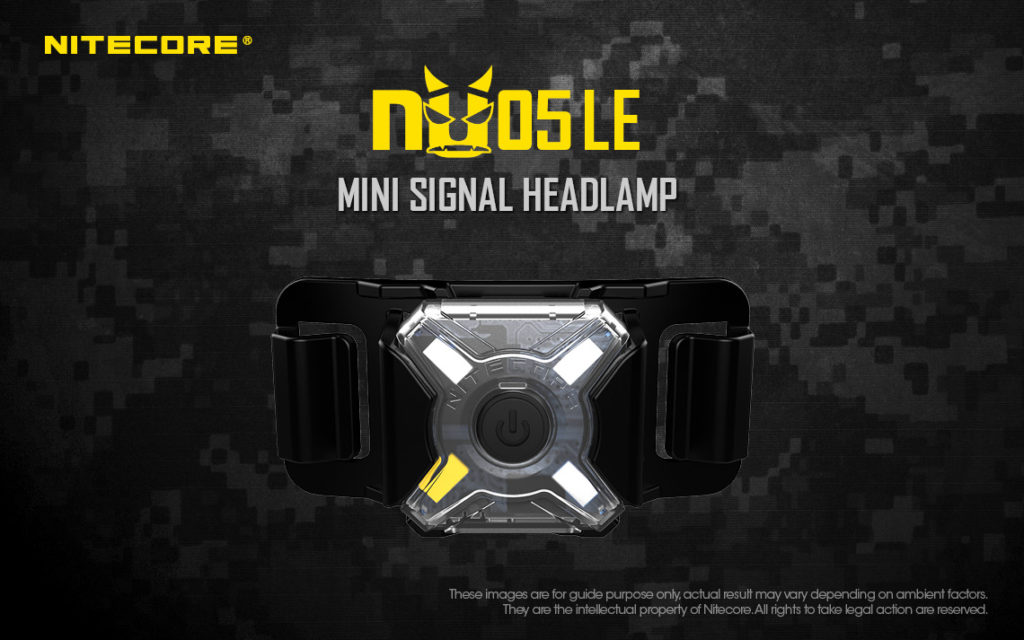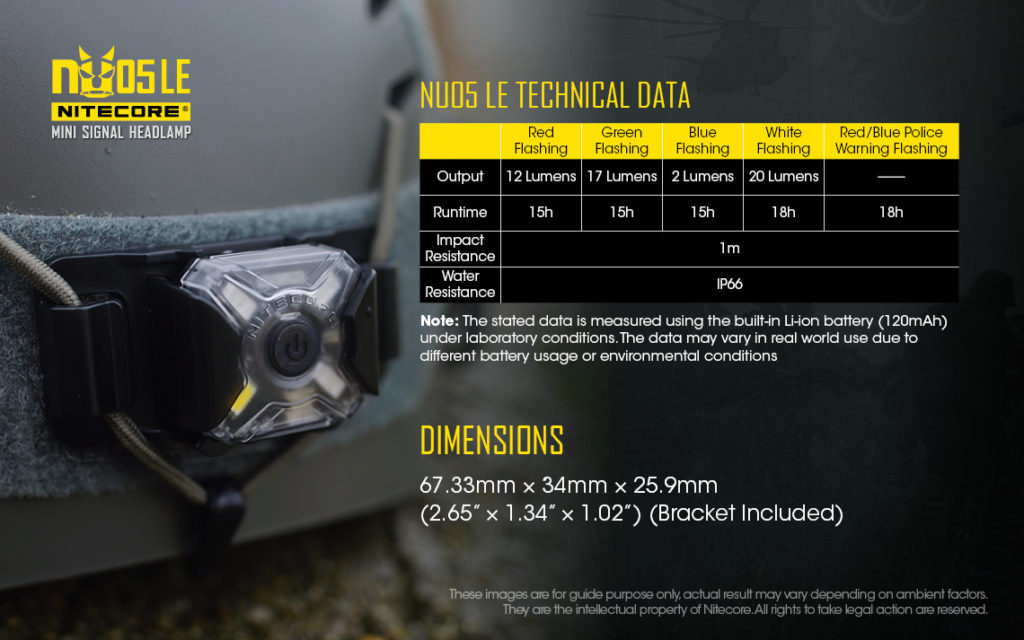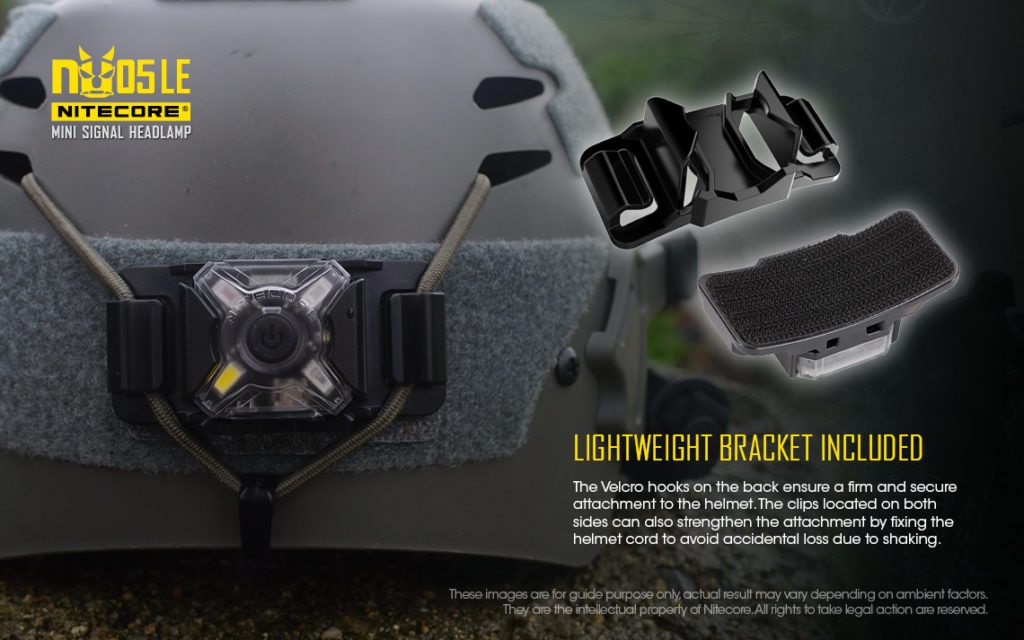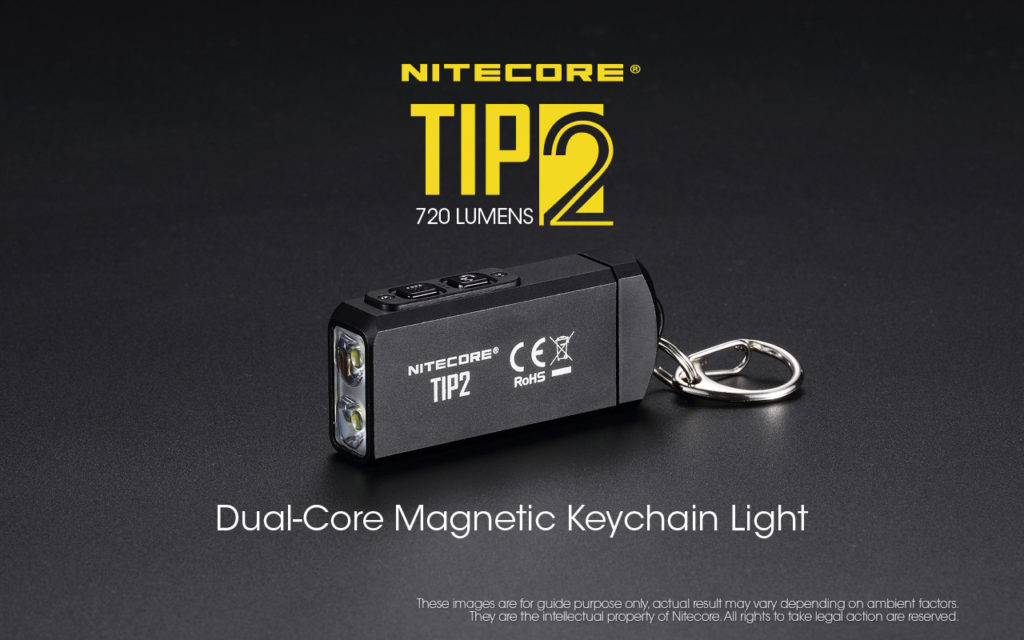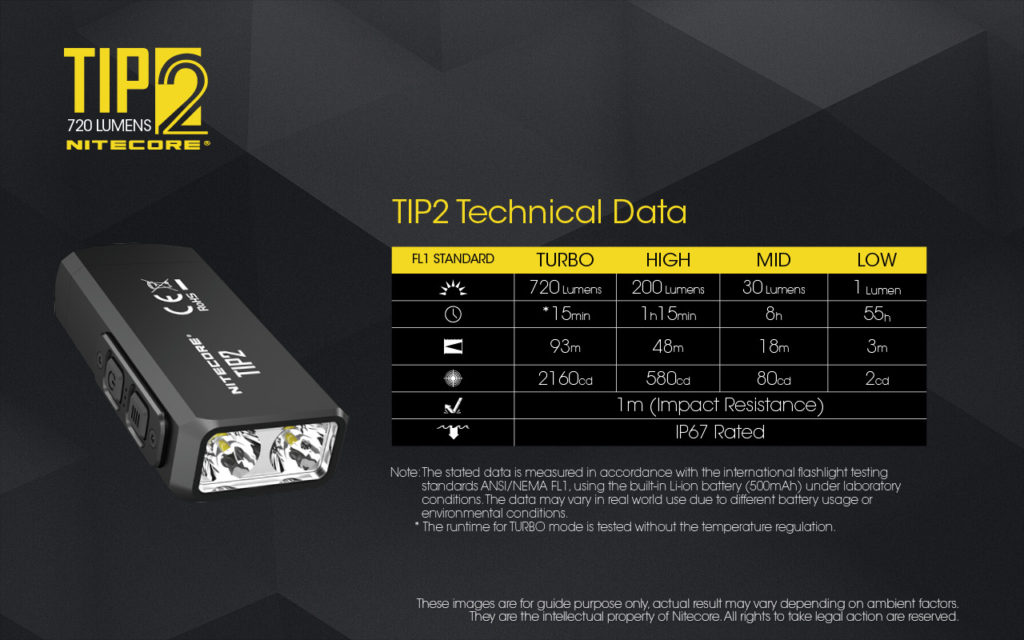The Nitecore F1 Charger doesn’t look like much but it is nothing short of amazing when it comes to portable power. Its main function is as a battery charger for lithium batteries like 18650s and 16340s (RCR123) but it can also serve as an ultralight battery bank. If all that wasn’t enough, it supports through-charging which makes it a valuable companion to any portable solar panel. It does all that in a very compact, 1-ounce form factor. It’s basically the ultimate charger for the outdoorsman.
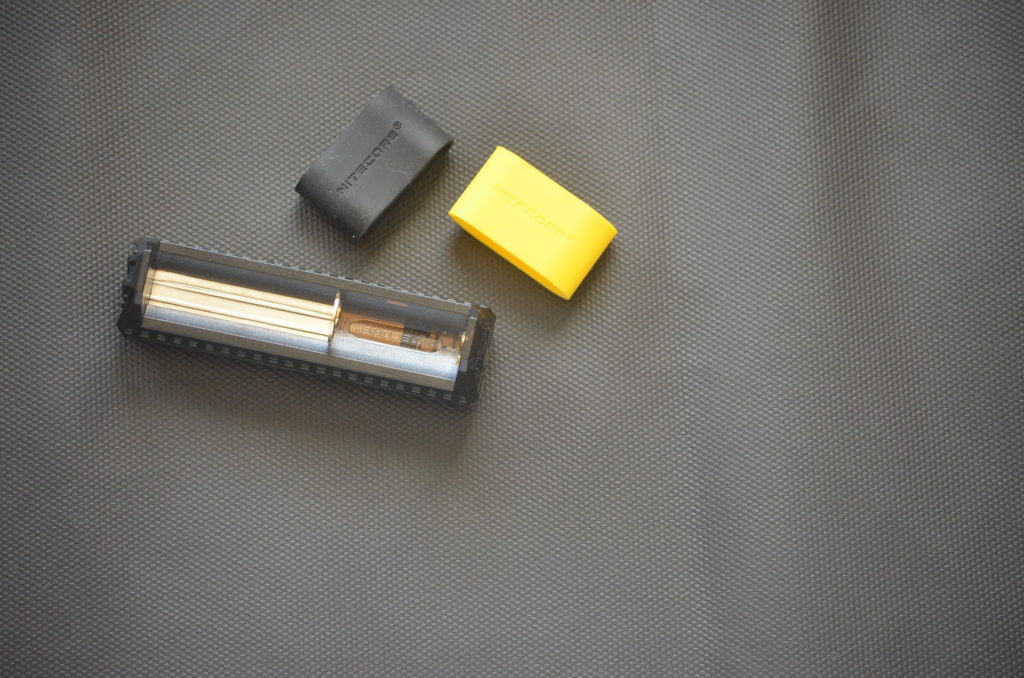
Overview
The Nitecore F1 is made from lightweight but strong polycarbonate with a spring-loaded, sliding battery contact that supports a number of common lithium batteries (26650, 18650, 17670, 18490, 17500, 17335, 16340(RCR123), 14500, 10440). It has three tiny LED indicators that are used to read out the voltage of the battery and indicate status for the charger. It also comes with 2 rubber bands (you only need one, the other is a spare) that are used to ensure the battery stays in place.
The F1 features a standard Micro USB in port allowing it to be powered by any USB power supply like wall warts, computers, solar panels, power banks, and more. It also has a standard USB out port for its power bank functionality. It allows the F1 to draw power from a battery and feed it to another device like a cell phone.
The F1 also supports through charging meaning that it can charge the battery and power the USB out port at the same time. This is key to its solar utility (more on this later).
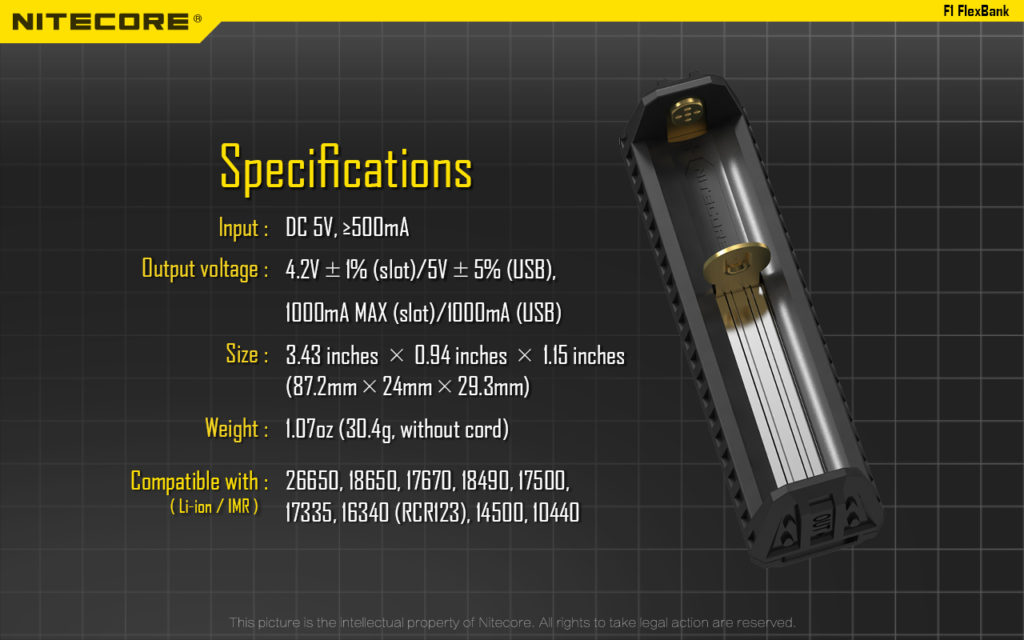
Observations from Use
If you were on a really tight budget and didn’t mind charging just one lithium battery at a time, the F1 would actually serve well as a very basic home battery charger. It can even read out the voltage on a battery and tell you it charge status based on its simple LED display. It works just as well in the field or in a vehicle. It is a simple but capable charger.
The F1’s ability to be used as a power bank really adds to its backwoods versatility. It will provide 5 volts, .5 amps via its standard USB out. That is relatively slow for charging something like an iPhone but it will get the job done. I know some ultralight hikers have even used it successfully in place of heavier traditional power banks… just be sure to carry extra 18650 batteries!
All of the above is great but the F1 really comes into its own when used with solar panels where it addresses two major issues. First, most chargers require somewhat consistent power levels or they produce a charge error and stop charging. This is obviously not ideal for solar where the power that the panel provides fluctuates constantly based on the solar conditions. The F1 is different. I have never been able to produce a charge error with it. It seems to happily keep charging, hanging on at just a trickle, when clouds roll in. Then it recovers seamlessly when the solar conditions improve. If your panel is producing power, the F1 seems to be able to put it to use.
The second solar issue that it solves is with devices that are finicky about constant power levels when charging. For instance, many smartphones like to have a constant power level when charging. If the power provided by the power drops it will likely cause an error and the phone stops charging. If this happens while you aren’t babysitting the solar panel, you can miss out on a lot of valuable charging time. The F1 can be placed inline between your panel and your phone (or other devices). The panel charges the battery and the battery provides a consistent amount of power to the phone. The power never sags (unless you deplete the battery) which ensures there are no charge errors. It acts very much like the batteries in a home-based off-grid solar system. It won’t be the fastest charger you have ever used but it can provide some peace of mind.
Alternatives
There are a couple of other chargers that I have used outdoors including the Olight UC Magnetic Universal Charger (click to see the review) which has the advantage of working with NiMH cells and an amazingly compact form factor but lacks the solar utility or power bank functionality.
Additionally, I have used the larger XTAR VC2S in a similar role. It can charge two batteries at once and also acts as a power bank. This is a very full-featured charger but it is significantly larger than the F1. It is somewhat solar compatible but long interruptions in sunlight can produce charge errors from which the charger will not recover without intervention. Still, when used with something like a Suntactics Solar Panel with their very smart automatic restart functionality (more on this in a later article), this can be an excellent charger/power bank for extended trips.
Note: It can be tempting to try the Nitecore F2 which is similar but accepts two batteries. However, it is not nearly as solar compatible so I found it to be far less useful.

Wrap Up
The Nitecore F1 is a 1-ounce wonder. It’s a good battery charger. It’s a passible and ultralight power bank. It’s indispensable for backcountry solar. It also only costs about $10! If you are using a solar panel in your hiking gear, this can add some great capability and flexibility.
Where to Buy:
I doubt many of you will be able to find the Nitecore F1 Charger in a brick and mortar store. Ebay typically has competitive prices on the F1 as do many flashlight/battery websites. Be mindful of counterfeit Nitecore items. When I purchased mine, Amazon had the best price with shipping included: Nitecore F1 on Amazon
Do you have a gear or concept recommendation that fits the On Foot, Off Grid series? Tell us about it in the comments below or drop us a line on the Contact page.
The above URLs may be affiliate links.


